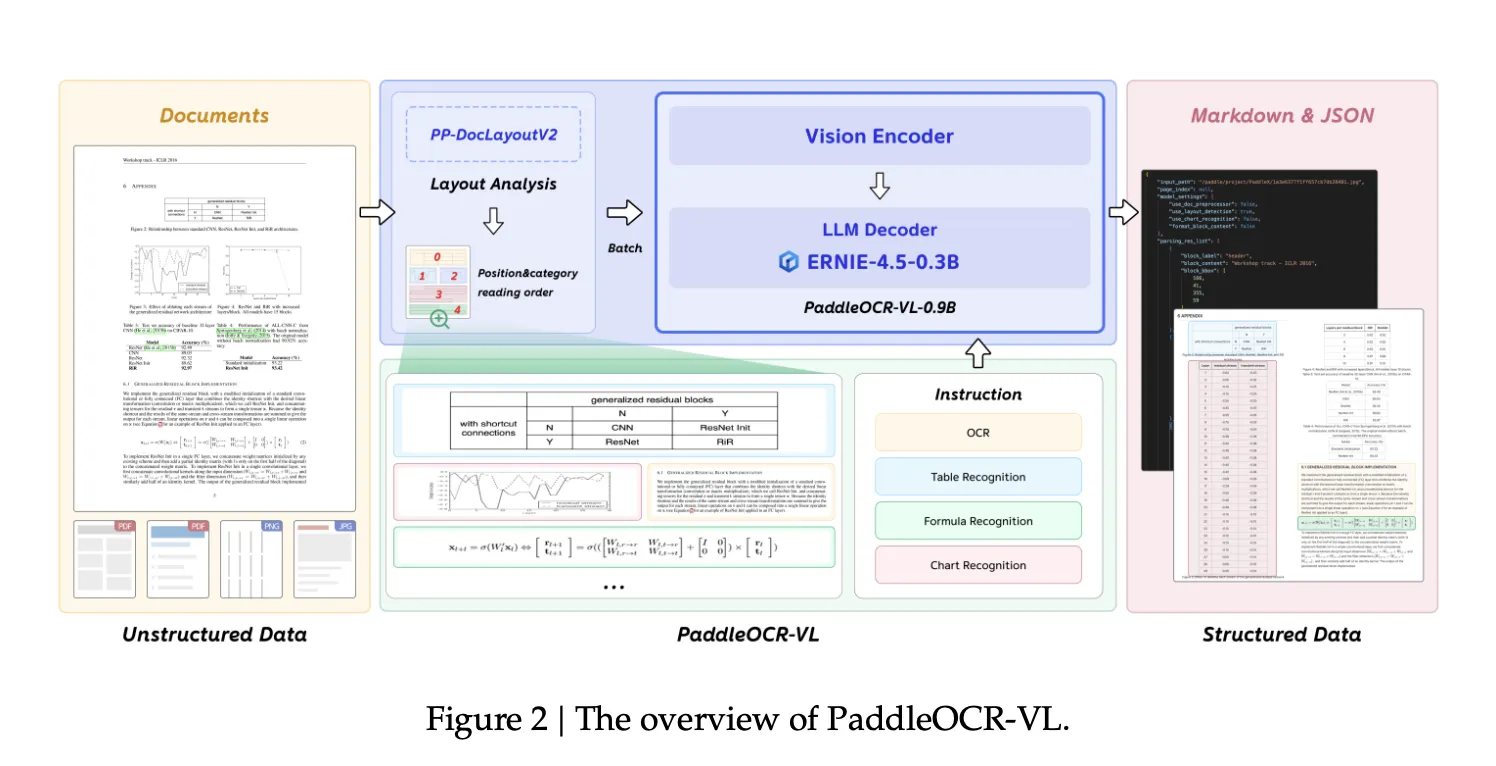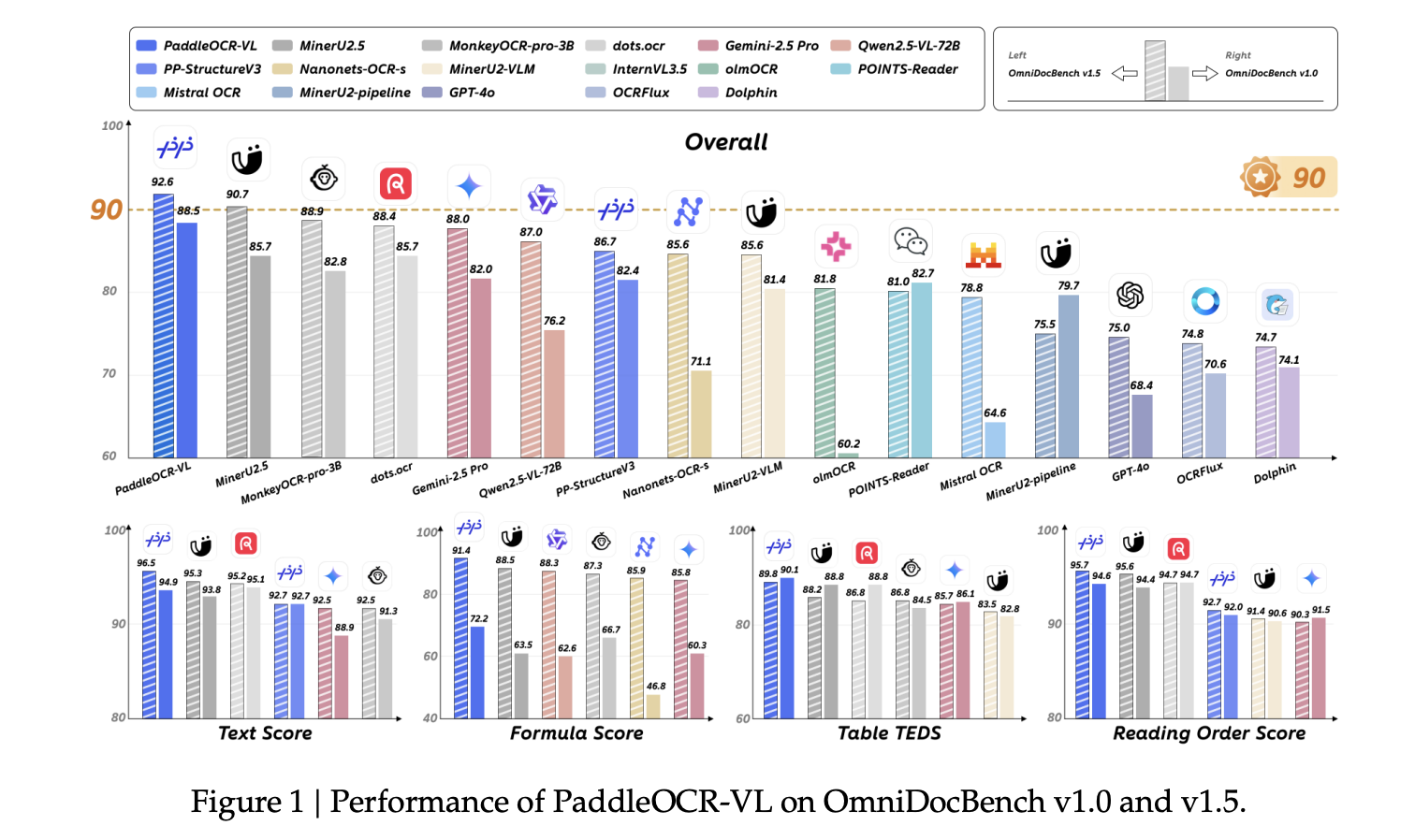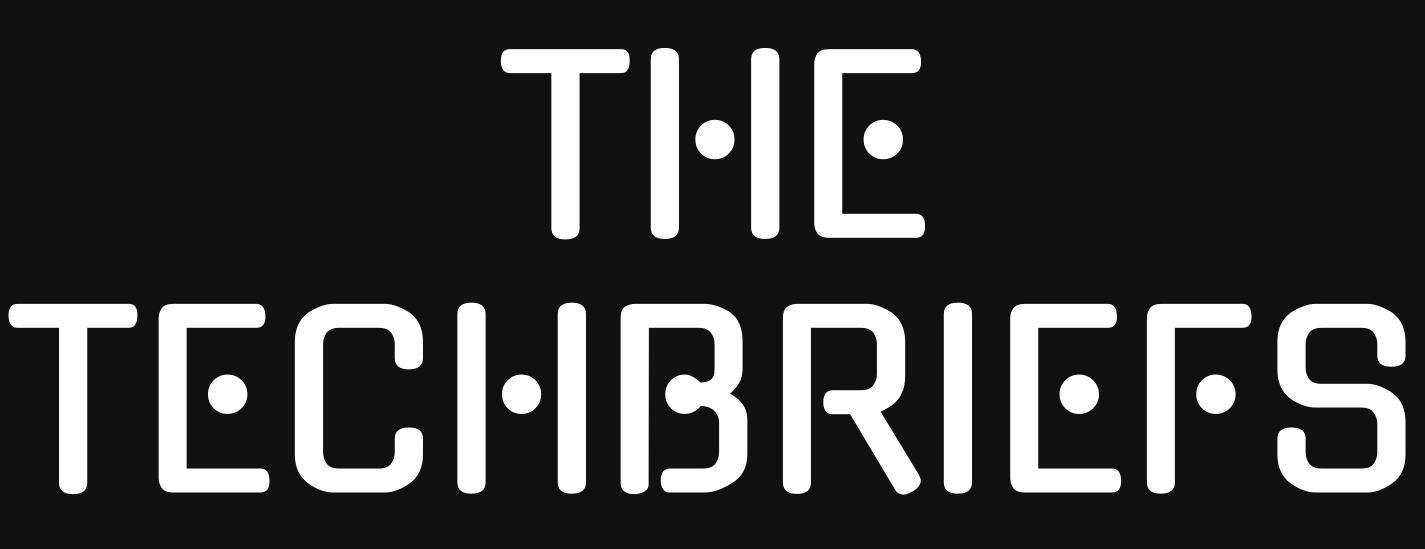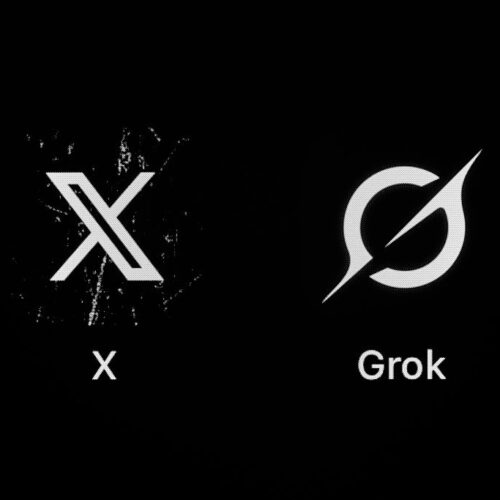How do you convert complex, multilingual documents—dense layouts, small scripts, formulas, charts, and handwriting—into faithful structured Markdown/JSON with state-of-the-art accuracy while keeping inference latency and memory low enough for real deployments?Baidu’s PaddlePaddle group has released PaddleOCR-VL, a 0.9B-parameter vision-language model designed for end-to-end document parsing across text, tables, formulas, charts, and handwriting. The core model combines a NaViT-style (Native-resolution ViT) dynamic-resolution vision encoder with the ERNIE-4.5-0.3B decoder. It supports 109 languages.

Understanding the system design
PaddleOCR-VL is deployed as a two-stage pipeline. Stage one (PP-DocLayoutV2) performs page-level layout analysis: an RT-DETR detector localizes and classifies regions; a pointer network predicts reading order. Stage two (PaddleOCR-VL-0.9B) conducts element-level recognition conditioned on the detected layout. Final outputs are aggregated to Markdown and JSON for downstream consumption. This decoupling mitigates long-sequence decoding latency and instability that end-to-end VLMs face on dense, multi-column, mixed text–graphic pages.
At the model level, PaddleOCR-VL-0.9B integrates a NaViT-style dynamic high-resolution encoder (native-resolution sequence packing) with a 2-layer MLP projector and the ERNIE-4.5-0.3B language model; 3D-RoPE is used for positional representation. The technical report attributes lower hallucinations and better text-dense performance to native-resolution processing relative to fixed-resize or tiling approaches. The NaViT idea—patch-and-pack variable-resolution inputs without destructive resizing—originates from prior work showing improved efficiency and robustness; PaddleOCR-VL adopts this encoder style directly.
Benchmarks
PaddleOCR-VL achieves state-of-the-art results on OmniDocBench v1.5 and competitive or leading scores on v1.0, covering overall quality as well as sub-tasks (text edit distances, Formula-CDM, Table-TEDS/TEDS-S, and reading-order edit), with complementary strength on olmOCR-Bench and in-house handwriting, table, formula, and chart evaluations.

Key Takeaways
- 0.9B-parameter PaddleOCR-VL integrates a NaViT-style dynamic-resolution encoder with ERNIE-4.5-0.3B for document parsing.
- Targets end-to-end extraction across text, tables, formulas, charts, and handwriting with structured Markdown/JSON outputs.
- Claims SOTA performance on public document benchmarks with fast inference suitable for deployment.
- Supports 109 languages, including small scripts and complex page layouts.
This release is meaningful because it joins a NaViT-style dynamic-resolution visual encoder with the lightweight ERNIE-4.5-0.3B decoder to deliver SOTA page-level document parsing and element-level recognition at practical inference cost. The two-stage PP-DocLayoutV2 → PaddleOCR-VL-0.9B design stabilizes reading order and preserves native typography cues, which matter for small scripts, formulas, charts, and handwriting across 109 languages. Structured Markdown/JSON outputs and optional vLLM/SGLang acceleration make the system operationally clean for production document intelligence.
Check out the Technical Paper, Model on HF, and Technical details . Feel free to check out our GitHub Page for Tutorials, Codes and Notebooks. Also, feel free to follow us on Twitter and don’t forget to join our 100k+ ML SubReddit and Subscribe to our Newsletter. Wait! are you on telegram? now you can join us on telegram as well.
Asif Razzaq
Asif Razzaq is the CEO of Marktechpost Media Inc.. As a visionary entrepreneur and engineer, Asif is committed to harnessing the potential of Artificial Intelligence for social good. His most recent endeavor is the launch of an Artificial Intelligence Media Platform, Marktechpost, which stands out for its in-depth coverage of machine learning and deep learning news that is both technically sound and easily understandable by a wide audience. The platform boasts of over 2 million monthly views, illustrating its popularity among audiences.



